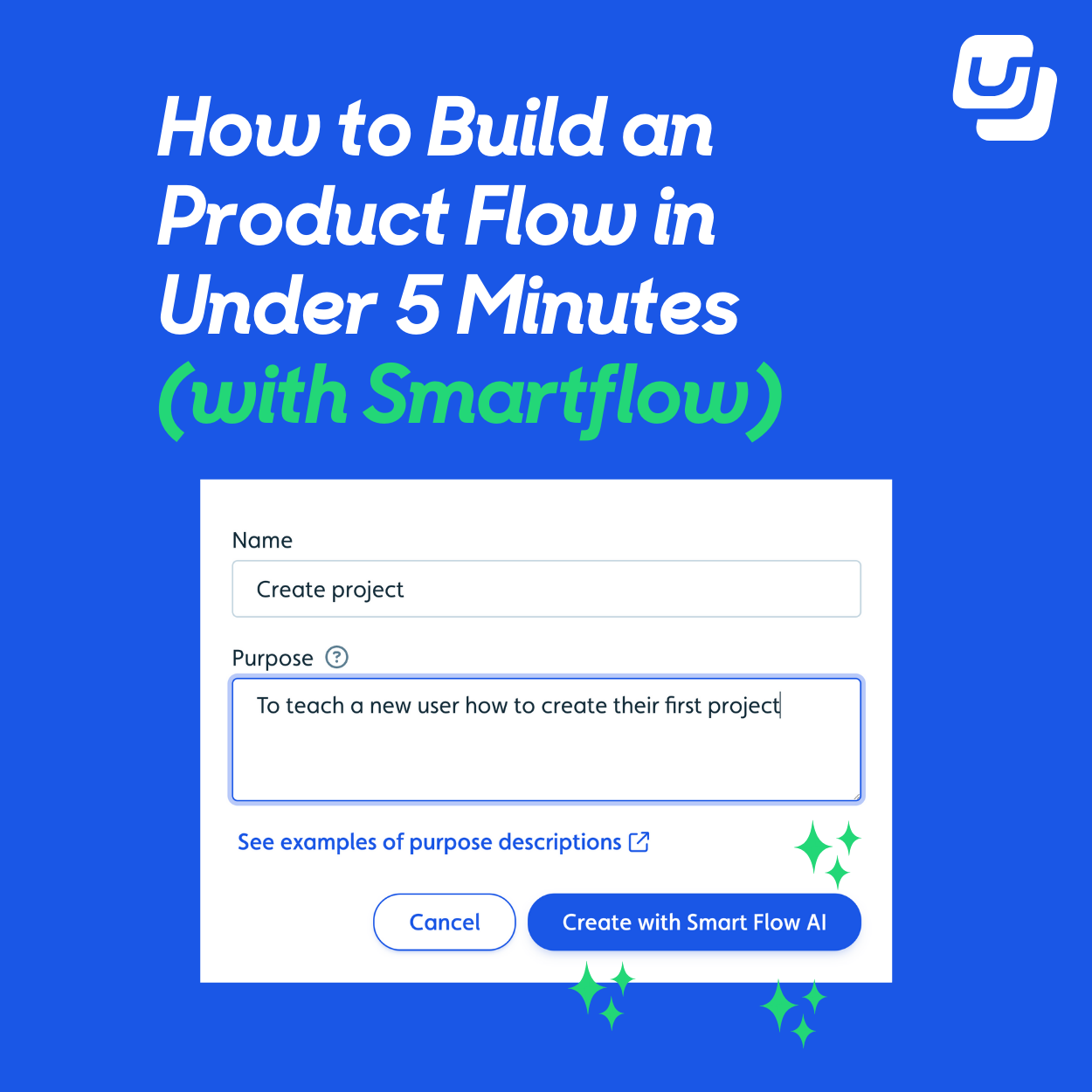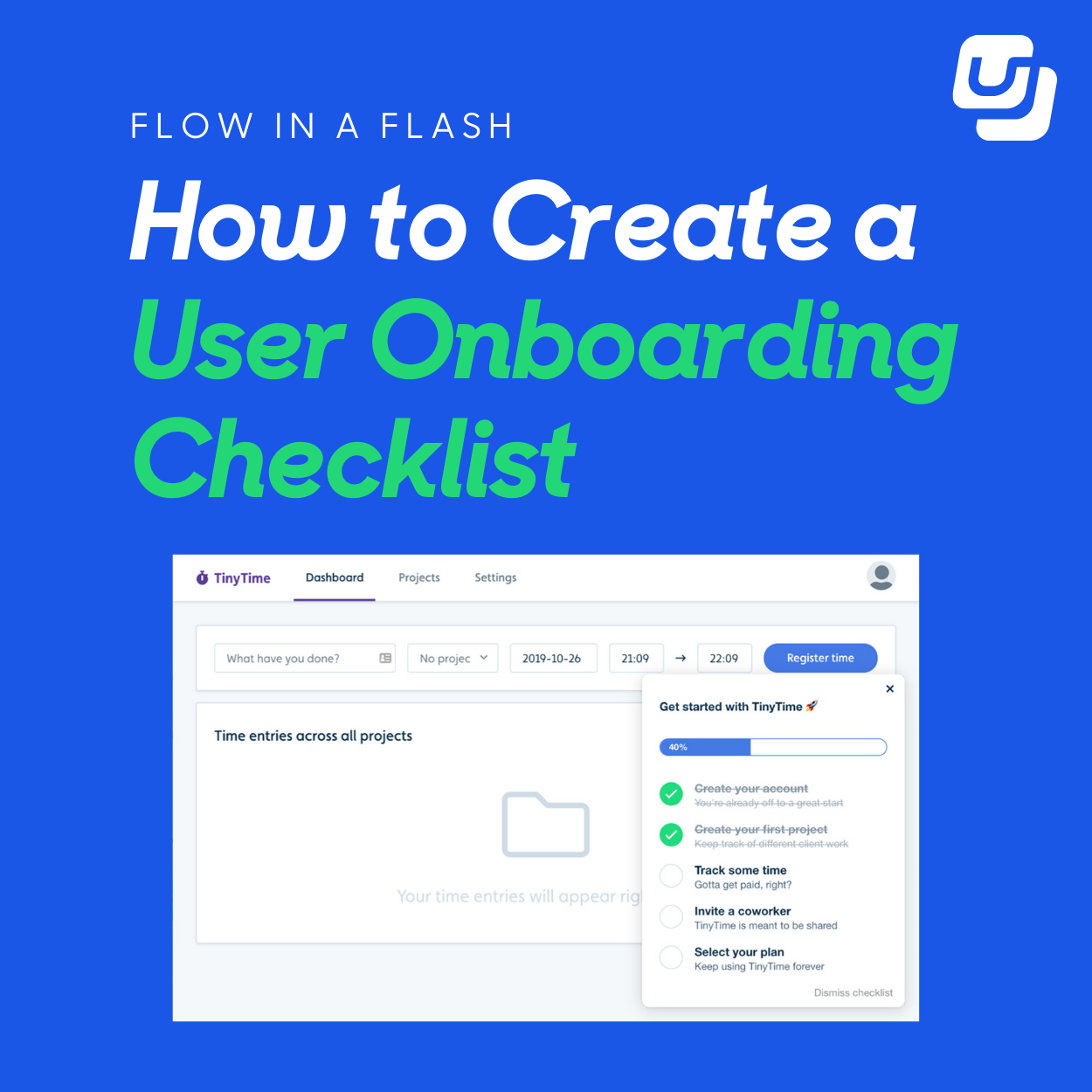Effective product feature announcements can make the difference between a powerful new capability that users embrace and one that goes unnoticed. For SaaS product teams, announcing new features is not just a marketing task – it’s a strategic lever for product growth, user engagement, and customer success. In this guide, we’ll explore why feature announcements matter and how to craft them for maximum impact.
Let's get started.
Why Feature Announcements Matter
Announcing new features isn’t just informative—it’s strategic. It drives user engagement, reduces churn, and supports customer success. Sharing updates across multiple channels (email, in-app messages, release notes, blogs) ensures they reach the right users.
Boost Adoption and Growth
New features only create value when users know how to use them. Clear announcements show benefits, encourage early adoption, and lead to higher usage, retention, and revenue.
Strengthen Engagement and Trust
Regular updates demonstrate progress and responsiveness to feedback. This transparency builds trust, increases satisfaction, and reinforces loyalty.
Re-Engage and Attract Users
Major announcements can reignite interest among inactive users and attract new ones. Highlighting meaningful improvements helps reconnect users and showcase your product’s evolution.
Choosing the Right Feature Announcement Channels
The impact of a new feature depends as much on how it’s announced as on the feature itself. Whether it’s a major launch or a minor update, using the right mix of channels ensures users know what’s new, why it matters, and how to use it—driving better UX, faster adoption, and stronger relationships.
Distributing updates via app notifications, email, social media, release notes, and blog posts ensures every audience segment is reached at the right time and in the right context. So let's take a closer look at each of these multiple channels.
1. In-App Channels
Best for real-time engagement. Announce features where users take action: inside the app.
- In-app messaging: Use banners, modals, slideouts, or tooltips with CTAs like “Try it now” to prompt immediate interaction.
- Resource center: Central hub for users to revisit updates, tutorials, or walkthroughs anytime.
- Onboarding flows: Introduce key features to new users early to boost adoption.
- Guided walkthroughs: Interactive tours with gifs and CTAs simplify complex features and encourage usage.
2. Out-of-App Channels
Essential for reaching users not active in the app.
- Email: Re-engage users with personalized, visual-rich messages and clear CTAs. Especially useful for inactive users.
- Blog post: Explain the “why” behind features using examples and gifs. Supports SEO and cross-channel promotion.
- Newsletters: Summarize multiple updates with short blurbs and CTAs linking to detailed content.
- Webinars/live demos: Ideal for complex features—educate users live and drive sign-ups.
3. Documentation & Reference
This mode of announcement supports long-term adoption and self-service.
- Release notes/changelog: Concise, CTA-driven summaries of each update. Trusted by technical users.
- Help center articles: Searchable, visual-rich content linking back to the app for hands-on use.
- FAQs: Address common concerns and link to them in emails or in-app messages.
4. Community & Social Media
This is great for reach, buzz, and real-time feedback.
- Social media: Use visuals and teaser gifs to spark interest and direct traffic.
- Product Hunt: Effective for major launches—drive attention, feedback, and adoption.
- Community forums: Announce updates and gather insights via platforms like Slack, Discord, or Reddit.
5. Human Channels
This mode of announcement involves high trust and high impact. It's also the ultimate churn guard.
- Customer success/support: Share updates in conversations and calls to drive adoption with context.
- Sales/marketing enablement: Align teams pre-launch with clear messaging, positioning, and CTAs for pitches and demos.
How to Build a Feature Announcement Strategy
Even the most exciting product update can fall flat without a thoughtful announcement strategy. To ensure your new feature reaches the right users and drives meaningful adoption, you need a repeatable, goal-oriented approach. Here’s how to build one.
1. Define Your Goal
Start by clarifying what you want to achieve with the announcement. Are you aiming to increase feature adoption, reactivate dormant users, or boost awareness of a competitive advantage?
Use a SMART goal framework to make your objective clear and actionable. For example:
“Drive a 40% adoption rate of the new feature among active users within 14 days of launch.”
2. Segment Your Audience
Avoid sending the same message to every user. Instead, tailor announcements based on user behavior, engagement level, and account type.
For example:
- New users might benefit from simplified explanations or onboarding tooltips.
- Power users may prefer a detailed walkthrough or release notes.
- Inactive users might need a re-engagement email with a high-level summary and strong CTA.
Segmentation ensures each audience gets messaging that’s relevant, timely, and valuable.
3. Choose the Right Channels
Different channels serve different purposes—and audiences. The most effective announcements use a mix of in-app, out-of-app, and reference materials to create broad visibility and deep engagement.
- In-app messaging & app notifications: Reach active users while they’re in the product.
- Email: Ideal for engaging dormant users or delivering richer content with visuals and links.
- Blog posts: Great for long-form storytelling, SEO, and use case demonstrations.
- Release notes: Best for technical updates and transparency for power users.
- Social media: Perfect for building buzz, generating shares, and reaching external audiences.
Mapping channels to user behavior ensures that your announcement meets people where they are.
4. Test and Optimize
Treat your announcement like a campaign. Test variations of messaging, visuals, and CTAs to see what resonates best.
Key elements to A/B test:
- Subject lines and headlines
- Email body copy
- In-app modal layout and timing
- CTA phrasing and placement
Track metrics like open and click rates, in-app interactions, and actual feature usage to evaluate what’s working—and adjust accordingly.
5. Follow Up Strategically
Not every user will see or act on the initial announcement. That’s why follow-ups are critical to reinforce the message and increase adoption.
Examples of follow-up tactics:
- Reminder emails for users who haven’t tried the feature
- Tooltips triggered by related behavior
- Inclusion in onboarding checklists or resource centers
- Social media reminders or retargeting ads
Behavior-based triggers (e.g., “user viewed but didn’t activate feature”) can personalize these nudges and improve effectiveness.
Best Practices for Effective Product Feature Announcements
To drive adoption, increase engagement, and reduce churn, you need to get your product feature announcements right. Here’s how:
Announce Internally First
Getting it right starts even before you ever let out a word to your customers.
Make sure your internal teams are informed before the public launch. Share the feature details, value props, and talking points via Slack, email, or a quick walkthrough. Equip support, sales, and success with updated help docs and a feature one-pager so they can confidently answer questions and reinforce messaging with users.
Tailor Messaging to Segments and Use Cases
Not every user needs every update. Use segmentation to tailor your announcements. A user who just signed up may need a different onboarding experience than a veteran power user. When possible, target announcements by segment: plan tier, role, geography, or use case. A well-timed app message during onboarding is more effective than a generic email blast.
Keep messaging benefit-focused. Instead of listing technical specs, highlight how the feature solves a user problem. Use concise CTAs and visuals such as gifs, screenshots, or videos. Clear CTAs (calls to action) like "Try it now" or "Explore the new feature" increase engagement.
Communicate the Value Clearly
Users want to know: "How does this help me?" Instead of simply saying "We added a new product feature," frame it as: "Now you can simplify your workflow with our new dashboard."
Use call to action phrases and CTAs that match the user journey. For example:
- In-app messaging: "Check out your new dashboard"
- Email: "Explore the new product feature to streamline projects"
- Blog post: "See how our latest launch boosts your team’s productivity"
This approach ensures your message resonates with your target audience and keeps the focus on benefits, not just functionality.
Use Visuals and Interactive Content
Product feature announcements benefit from gifs, screenshots, videos, or walkthroughs. Visuals support your messaging and help users quickly understand what’s new.
- Use gifs to show animations or changes in UX
- Screenshots for UI enhancements or new layouts
- Video tours or interactive demos for more complex features
Interactive content in tooltips or modals can increase adoption by allowing users to experience the feature directly.
Time the Announcement at the Right Time
Timing your announcement matters. Avoid weekends and holidays. Consider the target audience’s time zones. Time your announcements to align with:
- Product launch dates
- Onboarding cycles
- User milestones
- Feature availability windows
Contextual timing helps. For instance, an in-app CTA about a collaboration feature might show when a user invites a teammate. Similarly, you can align social media posts and email updates to the moment users are most likely to engage.
Measure Results and Iterate
Don't just announce your launch and be done with it. Track key metrics and continuous improve:
- Email open and click rates
- In-app message interactions
- Adoption rates of the new product feature
- Churn reduction for users who engage with the update
- Qualitative feedback from users and internal teams
If engagement is low, consider experimenting with different channels, CTAs, or announcement copy. The goal is to continuously improve how you announce and highlight new product features to your user base.
Plan for Follow-Up Nudges
Even well-crafted announcements can be missed. Follow-up nudges help reinforce the message and encourage feature adoption over time.
Use behavioral triggers to send follow-ups based on inactivity or feature relevance. For example:
- If a user hasn’t tried the new feature after 7 days, send a reminder via email.
- Show a contextual in-app tooltip after a user interacts with a related feature.
- Include a mention in your next release notes or monthly newsletter.
Vary the content with each follow-up—highlight benefits, share a quick tip, or link to a blog with use cases. Follow-ups should feel helpful, not repetitive, and support users through the adoption curve.
Use Feature Announcements To Boost Your Product Launch
By now you should know that feature announcements are more than just updates. They’re a powerful way to boost adoption, improve customer success, and make sure every launch delivers real value. As we’ve explored, a great announcement is timely, relevant, and tailored to your users. It uses the right channels, highlights benefits, and invites action.
But remember: feature announcements aren't a one-time task. It's an ongoing process. What drives adoption for one segment or launch may fall flat for another. That’s why the most effective teams treat feature announcements as experiments. They test different formats, CTAs, visuals, and channels. They learn, iterate, and evolve—because every announcement is a chance to do better.
If you're ready to announce smarter and drive more adoption, try Userflow. With our no-code builder, you can create in-app announcements, walkthroughs, and checklists that turn new features into real wins for your users.
CONTENTS













%20(2).png)









